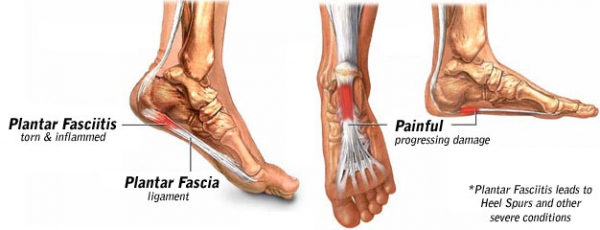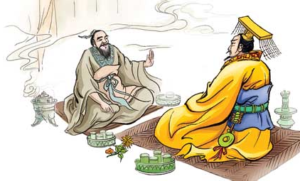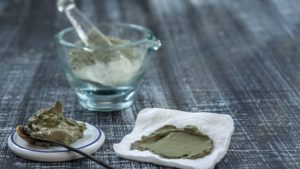Plantar fasciitis is the most common cause of heel pain. The plantar fascia is the flat band of tissue (ligament) that connects your heel bone to your toes. It supports the arch of your foot. If you strain your plantar fascia, it gets weak, swollen, and irritated (inflamed). Then your heel or the bottom of your foot hurts when you stand or walk. Repeated strains can cause tiny tears in the ligament. Long term, this can lead to degenerative changes within the structure of the foot. Advanced level morphological changes of foot structure combined with plantar fasciitis is termed plantar fasciosis.
Plantar Fasciitis is more likely to happen if:
• Your feet roll inward too much when you walk (excessive pronation ).
• You have high arches or flat feet.
• You walk, stand, or run for long periods of time, especially on hard surfaces.
• You are overweight.
• You wear shoes that don’t fit well or are worn out.
• You have tight Achilles tendons or calf muscles.
Most people with plantar fasciitis have pain when they take their first steps after they get out of bed or sit for a long time. You may have less stiffness and pain after you take a few steps. But your foot may hurt more as the day goes on. It may hurt the most when you climb stairs or after you stand for a long time.
Acupuncture is a successful treatment to relief pain, restore flexibility, and prevent structural deterioration of the feet. The acupuncture reduces local inflammation and enhances blood circulation in the feet. In addition, acupuncture has a homeostatic effect by balancing the parasympathetic and sympathetic nerve signals in the feet. In this way, the acupuncture sends a signal to the brain to stop inflammation and swelling and to begin the recuperation process.
Depending on how long the patient has had the issue, It is recommended to treat three times a week for 2-3 weeks, and then re-evaluate. Most cases will show improvement within six treatments. In chronic cases, continue treatment at least once weekly after the first three-week period.
The treatment protocal over the three weeks includes first trying to alleviate the severity of pain, in the following treatments the channel points that are locally but rather have an influence over the area are re-balanced. In the third stage the organ systems are improved and in the final stage, the points near the pain zone associated with the respective channels are addressed. Sometimes the treatment may agravate the issue temporarily. This is normal, a positive sign and part of the treatment protocal.
In TCM, the use of moxibustion, electro-acupuntcture, laser, shockwaves and/or the TD Lamp, might also apply adjunct to the acupuncture treatment. Since the fascia has many layers the heat and stimulation helps to activate circulation and remove stagnation deep within the tissue.
Patients with Plantar Fasciitis should avoid walking barefoot and hard shoes/surfaces. Reducing the steps and their landing helps and avoidance of jogging or like strenuous activities is recommended.
For many patients rather than through activity, the Plantar Fasciitis is caused by poor alignment issues. In such cases the use of gel inserts in shoes and treatments to help align the lower extremities whilst also softening the impact when walking Patients sometimes need re-training on their Gait (walking method) cycles and also often nutrition consideration also helps.




